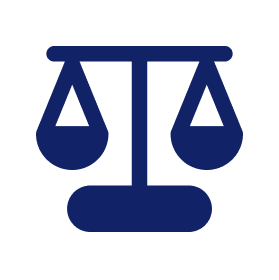
Design Leadership
The following is my leadership philosophy in regards to how I partner with others on the teams i have worked on as a stakeholder and subject matter aspect. I also have experience as a mentor and lead within the UX discipline. I have experience managing peoples workload as well as finding projects for people on my team that would enable their growth.
The key to good product design in games or otherwise is partnership with other disciplines. As a UX Designer I take pride in being the user’s stakeholder, but, I recognize I need my partners in product management and game design, to provide their vision as the stakeholders of the business and the stakeholders for play.
UX in Partnership

There is definitely an optimal playbook to UX design. We could optimally perform the double diamond process to get the best results for every product we build. However, the answer to implementing that playbook is highly dependent on, the company it needs to be implemented in. Each company has it’s own values, priorities, and view of success. Initially, I try to make sure, whatever form of UX I present to the teams I work with is tailored to the processes that already exist. Over time, as the company grows and assimilates UX more into their process, We can slowly introduce and grow the company’s UX literacy.
UX Responding to Company Culture

Risk Mitigation and User Confidence Levels
When I receive friction in promoting research to teams, whether it be because, teams have a vision of their own they want the users to see, or the time frame research would take is time not spent “shipping,” I often frame research as a form of risk mitigation and a means to gauge user confidence.
The more companies research in areas that are uncertain, the less risky a project becomes, This in turn provides a view of what players want from an experience. We can accurately define whether a project is even worth the time building.
A week or 2 of research can save a company months of development on a project that may or may not provide the value it promises.

When I approach mentorship in the design space, my priority is always to get the person I am mentoring to the point where they can become a stakeholder for their craft.
When it comes to UX I want the person I am mentoring to confidently become the user’s stakeholder. To me there shouldn’t be a UX designer who is looking to their senior or leader to make all of their decisions. I would not be doing a service to them by making their decisions for them, but fostering them to find the answers they need to find. Of course, approach to getting this person to reach that point adjusts with their past experience and their current seniority.
Mentorship Philosophy






